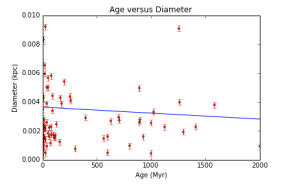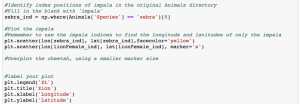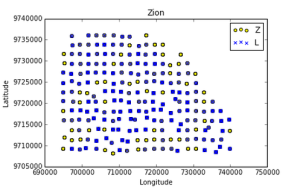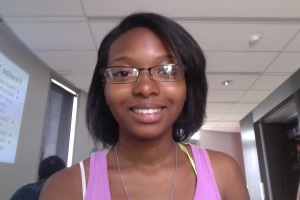By David Torrejon (a 2016 Adler-AstroJournalist)
As I came upon the Zooniverse website, I discovered Asteroid Zoo. This project aims to explain asteroids, which are small rocky bodies that orbit the Sun. This project provides a basic introduction to asteroids, such as the classification of asteroids, but more importantly, enables the search for new asteroids. In fact, astronomers are detecting more and more asteroids every year.
As can be seen from the graph, the year appears on the X-axis and the number of new Near-Earth asteroids detected is displayed on the Y-axis. The number of detected Near Earth Objects have skyrocketed every year since 2000. In 2000 there were roughly twenty however, in 2015, there was roughly 190 probably because of the advancement of technology over the years. You may ask yourself, why detect asteroids? What’s so important about discovering irregularly shaped rocks? But I’m here to explain the importance of asteroids.
Astronomers have found asteroids quite intriguing and important because of all the information the asteroids reveal about the solar system. The deputy principal investigator for NASA’s DAWN mission, Carol Raymond, said “The materials in asteroids represent the building blocks of the planets. ” I agree with Carol because asteroids are the earliest remains of the formation of the Solar System. They are the basic leftovers debris from the Solar System. They could potentially reveal valuable information about the emergence of the Earth or other planets.
Besides revealing important information, asteroids could be corralled and mined to provide an abundant supply of raw materials. Asteroids have been known to have Platinum Group Metals, which are some of the rarest and most valuable elements. These elements are found in the center of the Earth and cannot naturally grow in the Earth’s crust. In other words, these elements will most likely not be found in the Earth. Asteroids should been mined for their resources to address one of the Earth’s main issues, which is resource scarcity. Not only would the mining provide the Earth with resources, but it would help reduce the exploitation of Earth resources. The demand for asteroid material can lead to a resource driven economic expansionism, which can lead to the development of new innovations.
Lastly, determining the location of asteroids is very crucial for our survival. There are approximately 10,000 Near-Earth Objects (NEOs). It is possible that one day, one of these 10,000 asteroids could enter the earth’s orbit and could potentially strike the Earth, killing nearly all of the species on Earth. Recently in Chelyabinsk, Russia on February 15, 2013, an asteroid roughly 17 meters in diameter and traveling at 42,000 mph detonated in midair. The explosions released energy equivalent to 500 kilotons of TNT. The explosions injured 1,500 people and damaged property. Some people experienced retinal and skin burns. This is why determining the location of asteroids is very important, to prevent the human race from suffering the same fate as the dinosaurs. Now there is no need to worry. The odds of an asteroids striking the Earth are slim. However, if an asteroid is headed our way, we need to be aware of the asteroids.
To sum it up, asteroids play an essential role in the survival of the human race. By continuing to use telescopes to look out for NEOs, this will help us avoid an asteroid collision with the Earth. Asteroids could potentially reveal more information about the formation of our Solar System. Plus, people could take advantage of the surplus amounts of asteroids to mine for raw and scarce metals.
Bibliography
“The Asteroid Hunters.” Popular Mechanics. 2015. Web. 10 Mar. 2016.
“5 Reasons to Care About Asteroids.” Space.com. Web. 10 Mar. 2016.


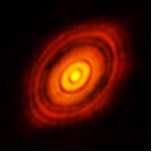
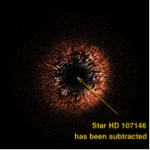
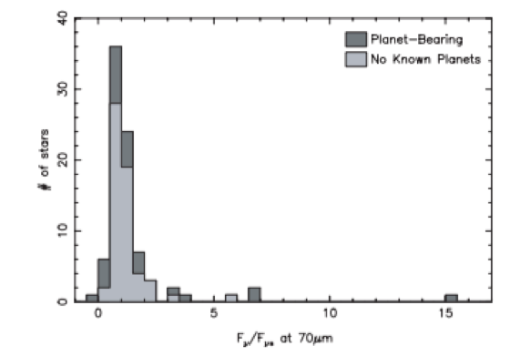
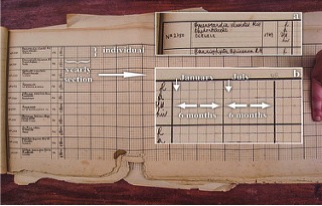

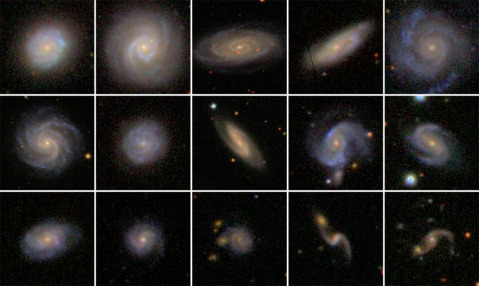
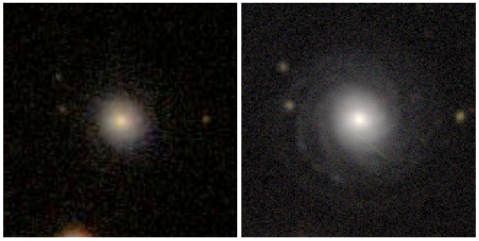
 from
from 


